What to expect from the new version Android on Nexus smartphones is more or less clear, but how much will remain of Marshmallow on devices with a proprietary shell? Let's try to figure it out …
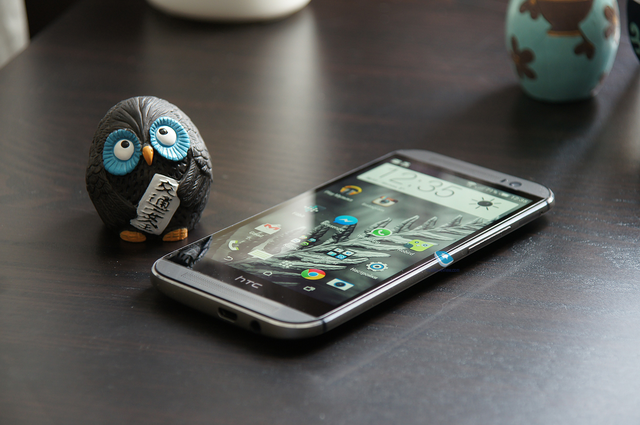
Foreword
It should be said right away that each manufacturer has their own approach here, which can also differ significantly from one device to another. For example, a couple of years ago last year's smartphone could easily get a new version Android, but remain with the old version of the shell. That is, formally upgrade to the same OS version as the new flagship, but at the same time be left without a bunch of widely advertised functions. Or, conversely, get some kind of update with a number of new 'chips', but at the same time stay working on the previous version of the OS. There is less confusion now, but things still happen. I'm not even talking about such shells as MIUI – the version there Android did not really matter at all, the device on the 'obsolete' OS version often already supported many of Google's innovations.
Object of study
I decided to take HTC One M8 as an example. Firstly, because this is already a rather old device, it was first presented to the public two years ago. Secondly, because of the shell HTC Sense, which was always noticeably different from the classic version Android. That is, for our purposes, it turns out to be an almost ideal candidate.
I don’t know exactly when the update to Android 6.0 began to be sent, but it arrived on my device about a month and a half ago. Moreover, in addition to the Android Marshmallow itself, the smartphone also received a new version of the proprietary shell HTC Sense numbered 7.0.
Once upon a time, almost every new version of Sense was radically different from its predecessor. After the update, the smartphone was simply unrecognizable, and with a new interface and a bunch of new functions, a number of annoying bugs were necessarily added. In especially advanced cases, it was necessary to completely reset the smartphone settings to the factory settings, otherwise it was impossible to achieve normal operation after the update.
Now nothing of the kind is close. If the stability and speed of work after installing the OTA update somehow changed, then only for the better. But at the same time, the changes are not striking, many users even complained that they did not find anything new in the system at all. Although, of course, in reality this is not entirely true – there are even a little more innovations than in 'pure' Android.
Google's legacy
First of all, it is worth noting the features that came from Android 6.0. I will not describe them in detail, since a separate material is devoted to this topic.
 Operating System Overview Android 6.0 Marshmallow
Operating System Overview Android 6.0 Marshmallow
Volume control. The smartphone has learned to adjust the volume separately for each type of notification, and not just globally, as it was before. It seems to be a trifle, but sometimes it can save the user a lot of nerves.
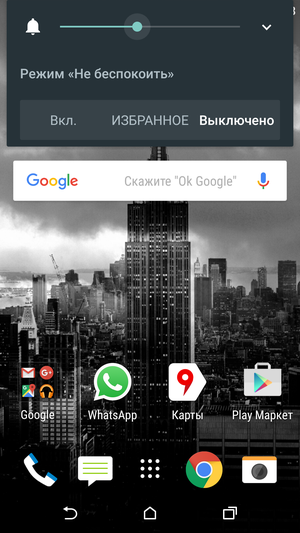


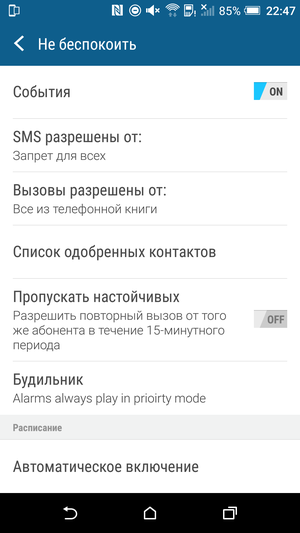
Do not disturb mode. Works the same as its counterpart in 'pure' Marshmallow. It can be switched on literally with one touch, there is a possibility of detailed settings (at what time to turn on and off, from which people to receive calls, is it worth blocking constantly calling subscribers, and so on). An extremely handy thing.
New permission system. Potentially useful, but practically not working function at the moment. Since most applications still request all the permissions they need in one go, all that remains is to independently take away their access to certain system functions.


Formatting an SD card for internal memory. After much speculation about the disadvantages of this approach, Google still allowed users to use a microSD card as an extension of the built-in memory. I have not tested this feature myself, but judging by user reviews, it works, although it has not been without a couple of pitfalls. For example, it is not recommended to use a 'slow' low-end card for this purpose.
Now on Tap. Smart contextual search, much like Google Now. Read about what it is and why you need it in a separate article.


 Now on Tap. Why, to whom and for what?
Now on Tap. Why, to whom and for what?
What have you refused?
One of the most controversial aspects of Marshmallow was the redesigned application menu. First of all, many users were not satisfied with vertical scrolling (it is difficult to remember which tab is on which screen) and a white background (there are complaints from both an aesthetic and technical point of view – Amoled displays spend much less energy to display dark colors).
In HTC they remained faithful to the Sense style and did not make any changes to the appearance of the application menu. For many, this will be very good news. No matter how Google curls its lips at the sight of branded shells of manufacturers, the choice is always a blessing, which should not be forgotten.
Something went wrong?
As I said, there are no special problems after the update. Some users complain that the smartphone lying on the table does not always respond to attempts to unlock the screen by tapping or swiping. This is mainly attributed to the Doze mode, which makes sure that during the standby mode the applications do not just wake up the smartphone. I myself did not notice any particular difference – HTC One M8 from the very beginning responded best to such gestures in a vertical rather than horizontal position.
The second controversial point is related to the use of Google Now on Tap. In 'clean' Android, the Google Now screen migrated to the far left desktop, while in smartphones HTC, there is the BlinkFeed screen HTC. Because of this, it became much less convenient to use it, because now you cannot call Google Assistant with a swipe or a long press on the 'Home' icon.
New HTC Sense
First, Sense 7.0 gives users the ability to change the order of the onscreen keys, which is great. And secondly, now you can add one more to the three standard buttons. For example, it can be an icon for turning off the screen (given that the power button is located on the top of HTC One M8, this is more than relevant), a button for displaying notifications (there is no longer any need to reach for the status bar curtain) or even a key that completely hides the entire navigation bar.


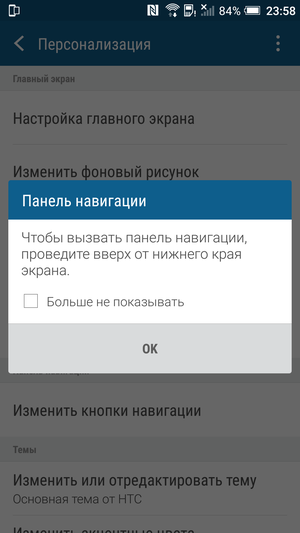
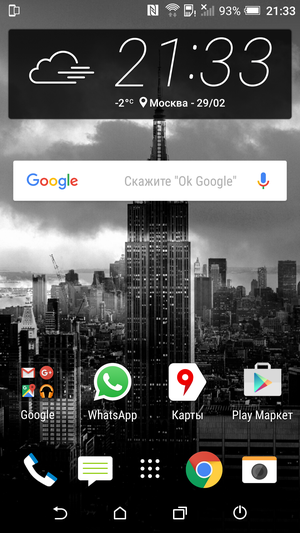
I never understood the meaning of the onscreen buttons, but now they really have some meaning. Even taking into account the fact that the choice of possible options is not very large yet. And there, you see, and to the Smart Bar in the style Meizu not far.
Another nice innovation is the extended support for themes. If earlier, when installing a new theme, the wallpaper on the desktop and lock screen changed first of all, now there are much more possibilities. Four types of background images, a set of icons, notification sounds, fonts, color scheme, styles of standard widgets, design of an address book or standard keyboard, and even the appearance of on-screen keys – all this can now be customized in detail in manual mode or quickly changed literally in one cry. The smartphone will look exactly the way you want it, which is great. Material Design has its advantages, but not everyone liked the interface in the style of a children's applique made of colored paper. And HTC allows everyone to fix it.
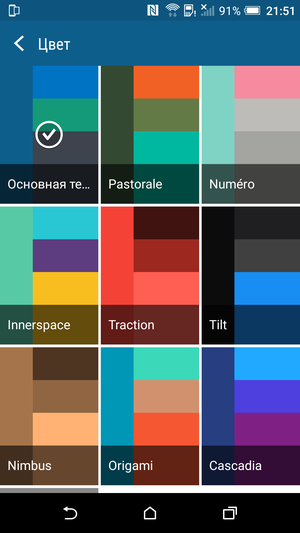
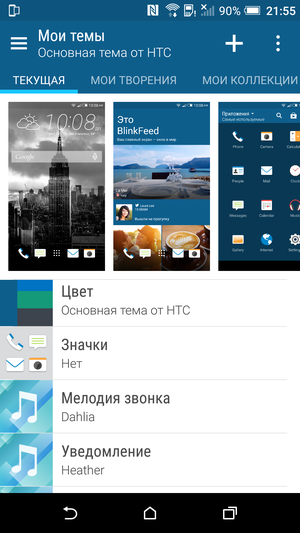
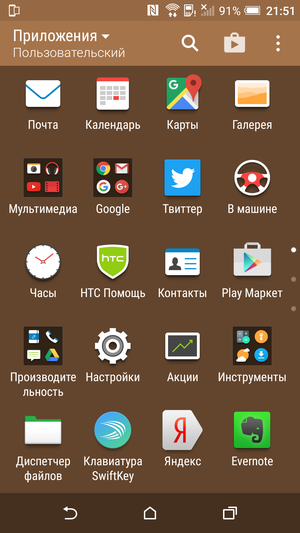


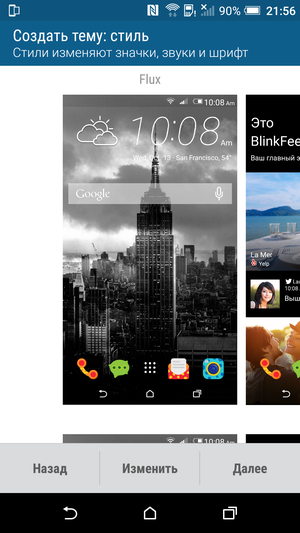




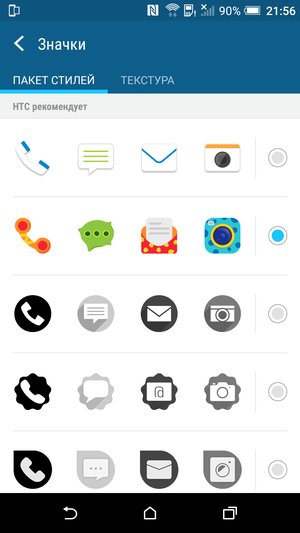



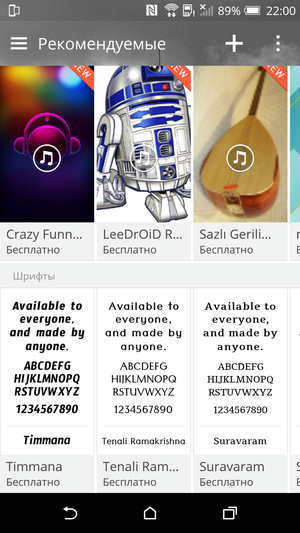
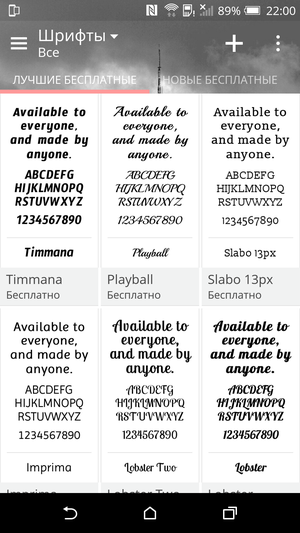
Among the themes presented in the store, there are really very beautiful options, and you can now tweak them to your taste or even create a theme from scratch without any problems.
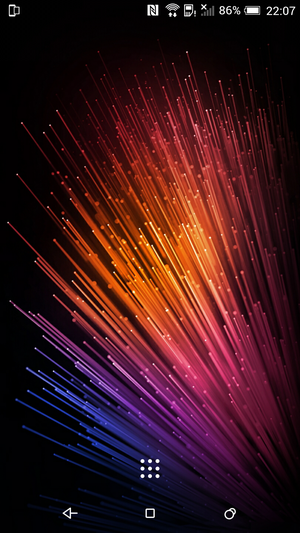

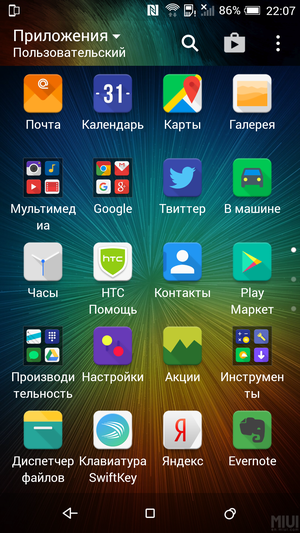
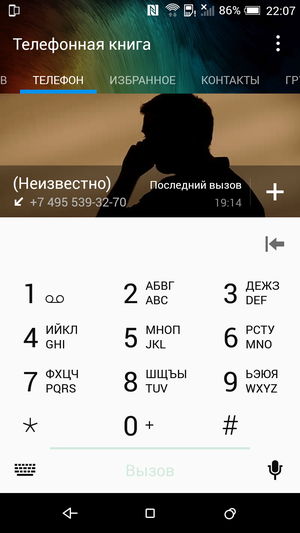


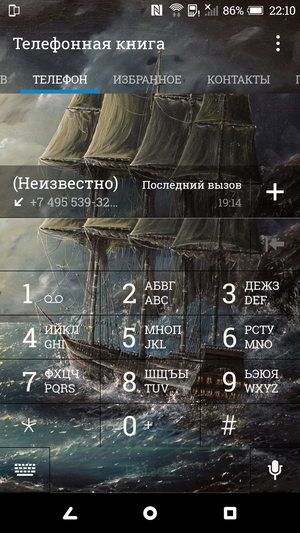
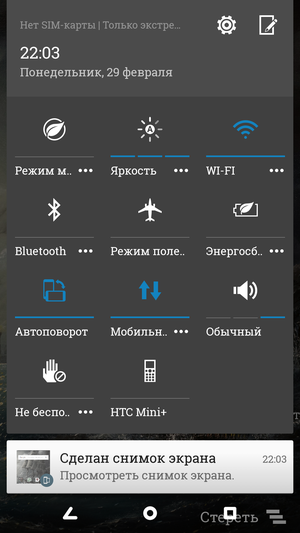

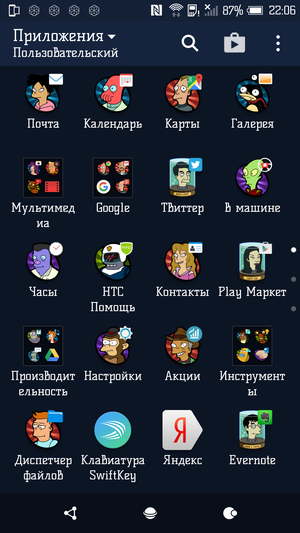
Outcome
Recently, for some reason, it is generally accepted that branded shells only disfigure the laconic beauty of 'clean' Android, depriving users of the functions developed by Google and giving nothing in return. In fact, this is not so – they keep up with the times and usually not only retain all the main advantages of fresh versions Android, but also add something of their own.
But the main thing here is not even the number of new functions, but the choice. Google sometimes does strange things that not everyone likes. And it is thanks to the proprietary shells of manufacturers that users can simultaneously get all the new functions and leave their usual version of the interface. To some extent, each proprietary shell is an alternative version Android, which under slightly different circumstances it could well become.

